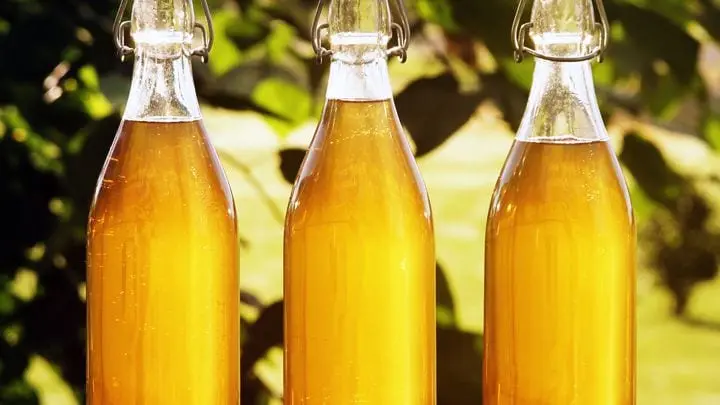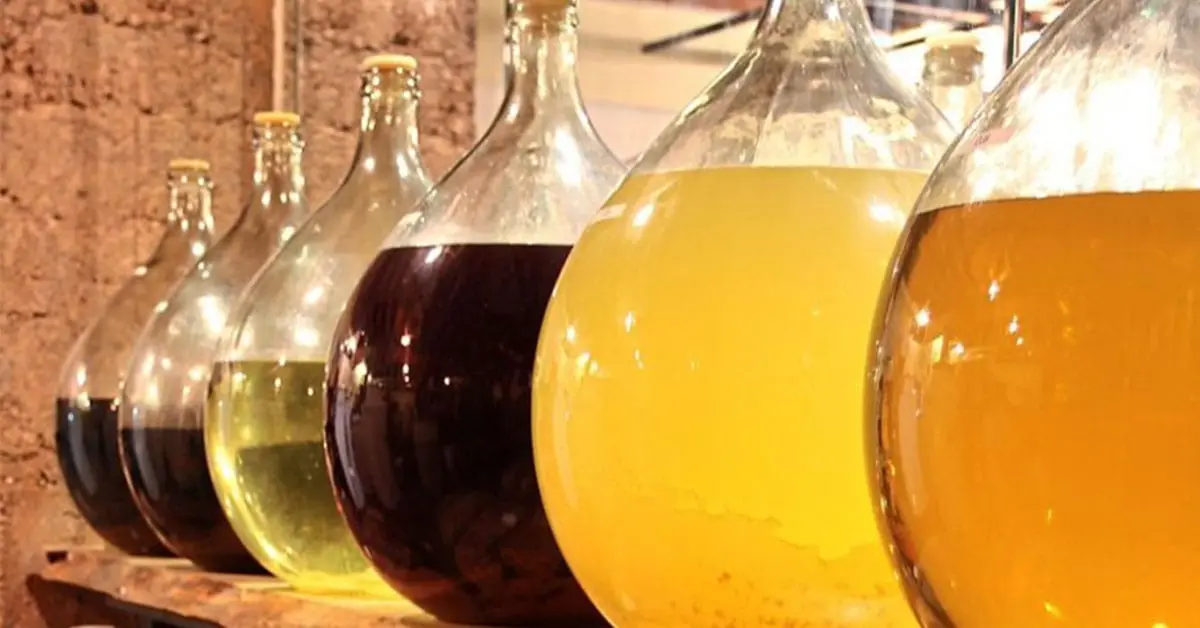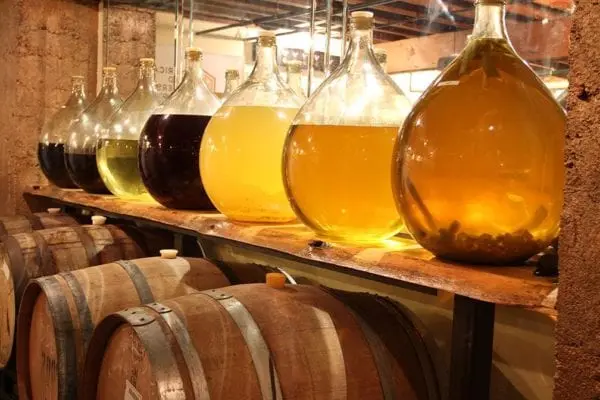Contents
Description
Mead – an alcoholic drink with a strength of about 5-16., made based on honey. The percentage of sugar varies from 8 to 10%.
The most ancient archeological sites in Russia, Dating back to the 7-6 centuries BC, find evidence of the manufacture of indigenous peoples of the beverage based on honey. Therefore, Mead is the oldest alcoholic beverage in Russia. Bees were divine insects, and honey drink was a source of strength, immortality, wisdom, eloquence, and magical abilities.
In addition to the Slavic peoples, testimonies about the ancient origin of the drink are in the Finns, Germans, and Greeks’ history.
This honey drink people placed in oak barrels for natural fermentation and buried in the ground for 5-20 years. Later they began to use the cooking method, which allowed getting the finished drink in a month. Traditionally these drinks people used during important events (birth, courtship, wedding, funeral).

Depending on the cooking method, the Mead is divided into several types:
- a cooking time (young, normal, strong, representation);
- by additional addition of alcohol (with and without);
- at the time of adding a portion of honey in the cooking process (at the end of the finished product or no increment).
- use or not boiling the honey before the fermentation process;
- additional fillings (spicy drunken and based on juniper, ginger, cinnamon, cloves, rose hips, or hot peppers).
Cooking at home
At home, Mead is very easy to make. There are two traditional methods of cooking meat without and with boiling.
- Mead without boiling. For this, you need to take boiled water (1 l), honey, and raisins (50 g). Honey dissolved in water and add rinsed in cold water raisins. The raisins are necessary for the growth of acid bacteria and the start of the fermentation process. Further, the future drink’s capacity to cover up the leaky lid or saucer and leave for two days at room temperature. Filter the drink through a cheesecloth and pour it into a bottle with a hermetic stopper. Before drinking, put it in a cool place (refrigerator or cellar) for 2-3 months. After this period, the beverage is ready to drink.
- Mead with the boiling. This recipe gives a large amount of the finished product, and for its preparation, you need honey (5.5 kg), water (19 ml), lemon (1 PCs.), and yeast (100 g). Dissolve honey in six liters of water, pour in the lemon juice, and bring to the boil. The boiling must take place for 15 minutes on low heat, stirring constantly and removing the resulting foam. The mixture should cool to room temperature. Pour the remaining water and add half of the yeast. For the full fermentation process, the drink needs a month in a sealed container with a vent tube, lowered into the water. Then add the remaining yeast and allow it to infuse for another month. Filter the finished drink, pour into a sealed bottle, and leave for 4-6 months in a cool place.
It is best to drink Mead as an aperitif for 10-15 minutes before a meal. It will awaken the appetite, and nutrients will enter the blood at a maximum volume.

Mead Benefits
The presence in the recipe of the Mead of natural honey makes this drink unique and truly useful. It contains a lot of vitamins, minerals, and trace elements. Part of Mead honey gives the drink anti-inflammatory, antibacterial, antiallergic and antibacterial properties.
Warm Mead is a good cure for colds, flu, and tonsillitis. It also has slight diaphoretic and diuretic properties. The Mead makes liquid accumulated mucus and removes it from the body, allowing you to improve pulmonary ventilation.
- Mead is good for the prevention of many diseases.
- So for heart disease and heart failure, the doctors recommend consuming Mead (70 g) with dry red wine (30 g) once a day before meals.
- The use of Mead (200 g) with mint improves sleep and calms the nervous system.
- When liver failure, you need during a meal to take Mead (70 g) dissolved in still mineral water (150 g).
- The spring’s lack of vitamins and sluggishness will help to remove a mixture of Mead and Cahors (50 g.).
- To fight intestinal infection and its consequences (constipation or diarrhea) will help a stiff glass of Mead with red wine (100 g.).

The dangers of Mead and contraindications
- For people who are allergic to honey and products based on it, Mead is contraindicated.
- Non-alcoholic Mead is not advised for pregnant women because it increases uterine tone, which can cause premature birth.
- Alcoholic Mead is contraindicated in pregnant and nursing mothers and children up to 18 years. As well as for people before driving.









